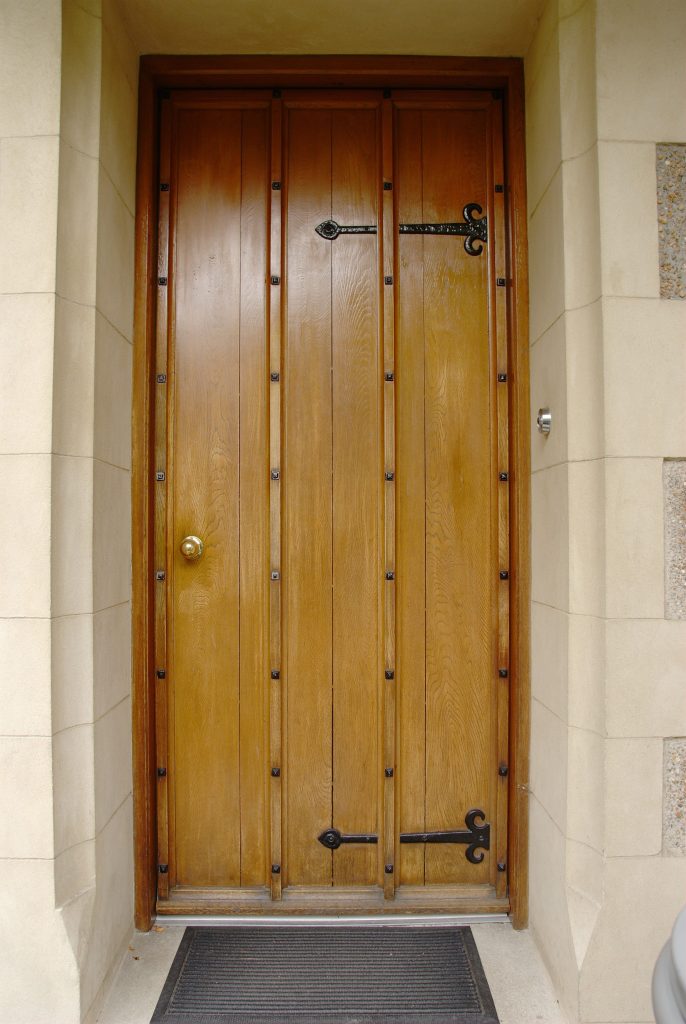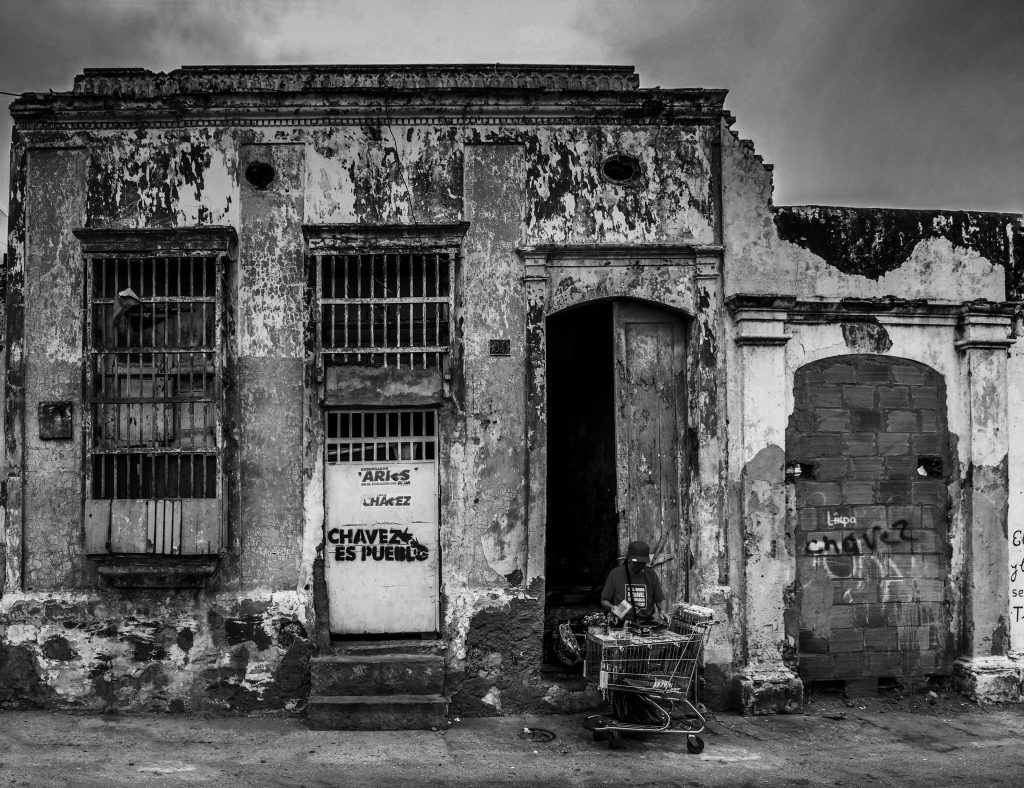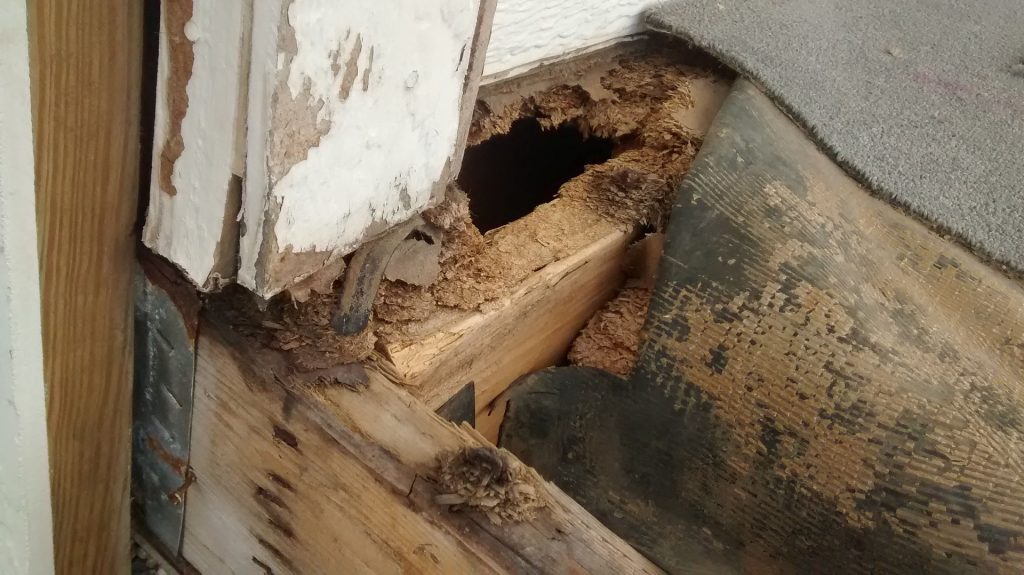 Pregnancy invariably alters a woman’s life. The process is physically demanding and disruptive, but do these challenges entitle a female employee to disability status under the law? According to a recent Slidell, Louisiana lawsuit, pregnancy is not considered a disability under Louisiana employment discrimination law.
Pregnancy invariably alters a woman’s life. The process is physically demanding and disruptive, but do these challenges entitle a female employee to disability status under the law? According to a recent Slidell, Louisiana lawsuit, pregnancy is not considered a disability under Louisiana employment discrimination law.
Shameka Brown worked as a mobile blood center supervisor. Brown was seven months into a difficult pregnancy when she vomited and urinated on herself at work. Embarrassed, Brown left for home during the middle of her shift to change clothing without notifying her supervisor. Two hours later, Brown telephoned her supervisor and then returned to work. Brown did not provide details of her pregnancy-related illness during the call. While Brown was away, a manager discovered her absence amidst a busy center. Brown was soon after terminated for abandoning her assigned duty without appropriately notifying her supervisor.
Brown filed a lawsuit in the Civil District Court for Orleans Parish which dismissed the case. Brown appealed to the Louisiana Fourth Circuit Court of Appeal. Brown sought damages for both employment discrimination and pregnancy discrimination. To successfully prevail under employment discrimination, Brown had to prove three things: 1) disability; 2) qualified for the job, and 3) termination made solely because of the disability. See Thomas v. Louisiana Casino Cruises, Inc., 886 So. 2d 468 (La. Ct. App. 2004). A disabled person has a mental or physical impairment that substantially limits major life activities such as caring for oneself, walking, seeing, hearing, breathing, learning, working, etc. See La. R.S. 23:322.
 Louisiana Personal Injury Lawyer Blog
Louisiana Personal Injury Lawyer Blog


 Dealing with the elements is an inherent part of construction work. Yet, sometimes the elements get unexpectedly unruly. This is where insurance is supposed to step in and compensate for delays or damage. In the following case, however, overlapping insurance policies made determining who should step up difficult.
Dealing with the elements is an inherent part of construction work. Yet, sometimes the elements get unexpectedly unruly. This is where insurance is supposed to step in and compensate for delays or damage. In the following case, however, overlapping insurance policies made determining who should step up difficult.  Aquisitive Prescription. It is a strange-sounding set of words, yet it can be vital in proving ownership of land and property in Louisiana. What exactly is it? The subsequent lawsuit helps answer that question and the following one: How can I prove ownership of land through acquisitive prescription in Louisiana?
Aquisitive Prescription. It is a strange-sounding set of words, yet it can be vital in proving ownership of land and property in Louisiana. What exactly is it? The subsequent lawsuit helps answer that question and the following one: How can I prove ownership of land through acquisitive prescription in Louisiana? Some doors, such as bathroom doors, are heavy and have quick automatic closing mechanisms attached. If a door of that nature hits you in the back on your way and knocks you down, who is liable? The following case out of New Orleans shows how courts deal with door-closing mechanisms and trip-and-fall lawsuits.
Some doors, such as bathroom doors, are heavy and have quick automatic closing mechanisms attached. If a door of that nature hits you in the back on your way and knocks you down, who is liable? The following case out of New Orleans shows how courts deal with door-closing mechanisms and trip-and-fall lawsuits.  When another or a company’s actions harm a person, he is entitled to financial relief under Louisiana law. The law also requires proof of damages to prove entitlement to monetary compensation. Damages are proven by submitting facts to a trial court. Sometimes the parties agree upon the facts, and sometimes they are disputed.
When another or a company’s actions harm a person, he is entitled to financial relief under Louisiana law. The law also requires proof of damages to prove entitlement to monetary compensation. Damages are proven by submitting facts to a trial court. Sometimes the parties agree upon the facts, and sometimes they are disputed.  Tripping over a ledge in public can be both embarrassing and painful. Sometimes the fall can result in serious injuries. Who should be at fault for any damages sustained? As with many legal issues, it depends. Unfortunately for one woman in Covington, Louisiana, the apparent nature of the ledge, coupled with her own activities contributing to the fall, led the Louisiana First Circuit Court of Appeal to dismiss her case.
Tripping over a ledge in public can be both embarrassing and painful. Sometimes the fall can result in serious injuries. Who should be at fault for any damages sustained? As with many legal issues, it depends. Unfortunately for one woman in Covington, Louisiana, the apparent nature of the ledge, coupled with her own activities contributing to the fall, led the Louisiana First Circuit Court of Appeal to dismiss her case.  What would you do if you were heir to property and found out the City had issued a demolition order for that property? A recent case decided in New Orleans discusses that question. The City of New Orleans, Louisiana, brought administrative proceedings against property owners whose property was allegedly blighted. However, the situation became more complicated because the property owners were deceased.
What would you do if you were heir to property and found out the City had issued a demolition order for that property? A recent case decided in New Orleans discusses that question. The City of New Orleans, Louisiana, brought administrative proceedings against property owners whose property was allegedly blighted. However, the situation became more complicated because the property owners were deceased.  Buying a house and later discovering that the house has foundational defects is a nightmare every homeowner seeks to avoid. Even more unpleasant is to find out that you do not have any recourse against the seller. The nature of such recourse would partially depend on when the defects were discovered, but also whether the seller is a builder, contractor, or manufacturer, because such a status might extend the timeframe of bringing in an action against the seller.
Buying a house and later discovering that the house has foundational defects is a nightmare every homeowner seeks to avoid. Even more unpleasant is to find out that you do not have any recourse against the seller. The nature of such recourse would partially depend on when the defects were discovered, but also whether the seller is a builder, contractor, or manufacturer, because such a status might extend the timeframe of bringing in an action against the seller. In Louisiana, if someone does work to your home and you find the work to have been completed unsatisfactorily, you have a one-year prescription period to bring the issue to court. However, what does one do if problems from this work do not appear right away? Considering the statute that allows a one-year prescription period at the first notice of damage, what exactly is noticing damage? Is it formally reporting the issue or simply remarking on an observation? The Louisiana Fifth Circuit Court of Appeals recently decided a case on appeal from Jefferson Parish that answered such questions.
In Louisiana, if someone does work to your home and you find the work to have been completed unsatisfactorily, you have a one-year prescription period to bring the issue to court. However, what does one do if problems from this work do not appear right away? Considering the statute that allows a one-year prescription period at the first notice of damage, what exactly is noticing damage? Is it formally reporting the issue or simply remarking on an observation? The Louisiana Fifth Circuit Court of Appeals recently decided a case on appeal from Jefferson Parish that answered such questions. The strip of grass between the street and the sidewalk seems harmless enough. Yet, when negligently maintained, it can pose a danger to the public. The case that follows helps determine who should be liable for such a defect when an injury occurs on that piece of property.
The strip of grass between the street and the sidewalk seems harmless enough. Yet, when negligently maintained, it can pose a danger to the public. The case that follows helps determine who should be liable for such a defect when an injury occurs on that piece of property.